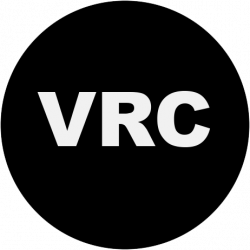The Museum of Modern Art has opened the MoMA PS1 Archives to the public. The collection contains more than 300 linear feet, representing the entire history of the art space, from its opening in 1971 to the present (PS1 merged with MoMA in 1999). The majority of the material pertains to exhibition and press records, but the project description notes:
The records provide extensive documentary evidence of an institution that was in the vanguard of nonprofit spaces and at the heart of the 1970s and 1980s New York art world—and that continues to be a vital center for the exploration and exhibition of contemporary art today. Documentation of particular historical significance in the Archives includes records of the institution’s founding and growth in the early 1970s; exhibition and curatorial records for nearly 900 exhibitions and events over 35 years; materials documenting the National and International Studio Program and the publications program; and records of founder and former director Alanna Heiss.
In addition to the finding aids for the nine series of records, there are several web resources including a chronology, a publication history, an artists index, and a complete exhibition history. Several of these resources are cross-referenced for greater utility to researchers.
The MoMA PS1 Archives can be consulted by appointment at the MoMA Archives reading room at MoMA QNS, open Mondays, 11 am–5 pm.
For more information, visit the project website and the finding aids.
Image: “Exterior View of P.S. 1,” photograph by Jonathan Dent, 1976. MoMA PS1 Archives, VIII.I.8. The Museum of Modern Art Archives, New York.

